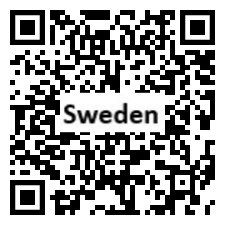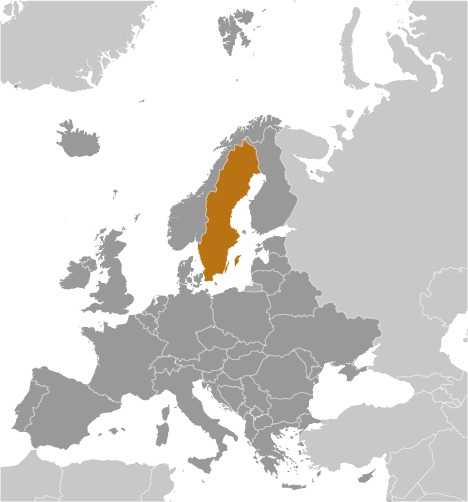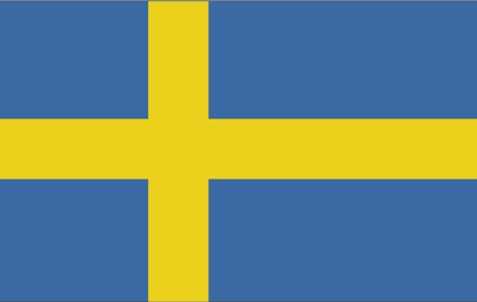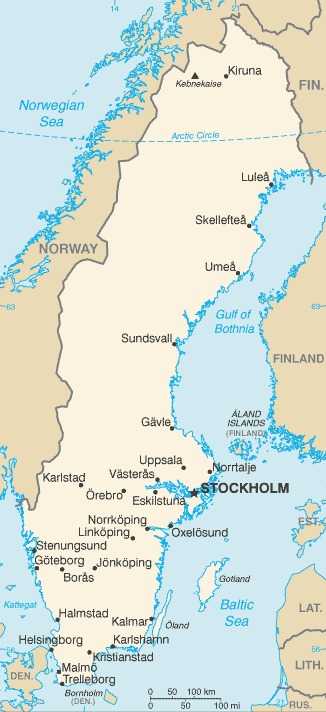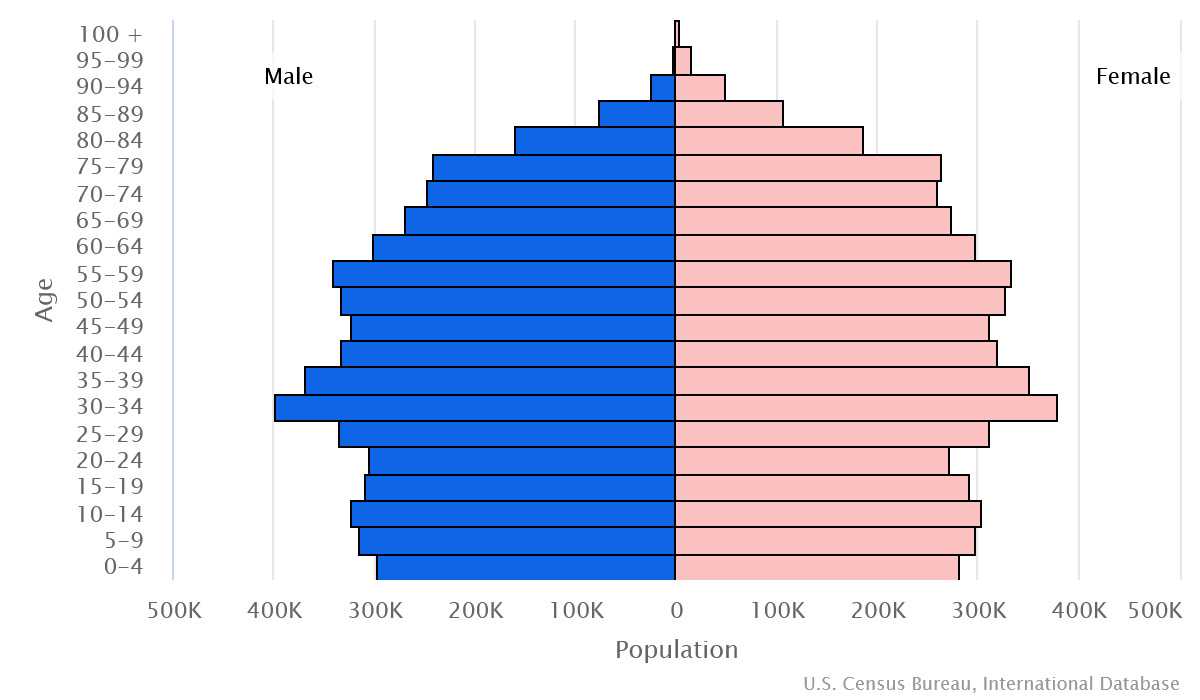Introduction
Background
A military power during the 17th century, Sweden has not participated in any war for two centuries. An armed neutrality was preserved in both World Wars. Since then, Sweden has pursued a successful economic formula consisting of a capitalist system intermixed with substantial welfare elements.
Geography
Area
total : 450,295 sq km
land: 410,335 sq km
water: 39,960 sq km
Climate
temperate in south with cold, cloudy winters and cool, partly cloudy summers; subarctic in north
Natural resources
iron ore, copper, lead, zinc, gold, silver, tungsten, uranium, arsenic, feldspar, timber, hydropower
People and Society
Population
total: 10,589,835
Ethnic groups
Swedish 79.6%, Syrian 1.9%, Iraqi 1.4%, Finnish 1.3%, other 15.8%
(2022 est.)Languages
Swedish (official)
Religions
Church of Sweden (Lutheran) 53.9%, other (includes Roman Catholic, Orthodox, Baptist, Muslim, Jewish, and Buddhist) 8.9%, none or unspecified 37.2% (2021 est.)
Population growth rate
0.51% (2024 est.)
Government
Government type
parliamentary constitutional monarchy
Capital
name: Stockholm
Executive branch
chief of state: King CARL XVI GUSTAF (since 15 September 1973)
head of government: Prime Minister Ulf KRISTERSSON (since 18 October 2022)
Legislative branch
description: unicameral Parliament or Riksdag (349 seats; 310 members directly elected in multi-seat constituencies by open party-list proportional representation vote and 39 members in "at-large" seats directly elected by open party-list proportional representation vote; members serve 4-year terms)
Economy
Economic overview
high-income, largest Nordic economy; EU member but non-euro user; export-oriented led by automotive, electronics, machinery and pharmaceuticals; highly ranked for competitiveness, R&D investments and governance; slowdown triggered by high inflation, weak consumption and financial tightening
Real GDP (purchasing power parity)
$676.353 billion (2023 est.)
$677.682 billion (2022 est.)
$660.102 billion (2021 est.)
Real GDP per capita
$64,200 (2023 est.)
$64,600 (2022 est.)
$63,400 (2021 est.)
Agricultural products
wheat, milk, sugar beets, barley, potatoes, oats, rapeseed, pork, chicken, triticale (2022)
Industries
iron and steel, precision equipment (bearings, radio and telephone parts, armaments), wood pulp and paper products, processed foods, motor vehicles
Exports
$324.073 billion (2023 est.)
$314.412 billion (2022 est.)
$299.365 billion (2021 est.)
Exports - partners
Germany 10%, Norway 10%, US 9%, Denmark 8%, Finland 7% (2022)
Exports - commodities
refined petroleum, cars, packaged medicine, paper, electricity (2022)
Imports
$296.796 billion (2023 est.)
$298.253 billion (2022 est.)
$268.334 billion (2021 est.)
Imports - partners
Germany 16%, Netherlands 10%, Norway 9%, China 7%, Denmark 6% (2022)
Imports - commodities
crude petroleum, cars, refined petroleum, broadcasting equipment, garments (2022)
Exchange rates
Swedish kronor (SEK) per US dollar -
Page last updated: Wednesday, July 24, 2024
